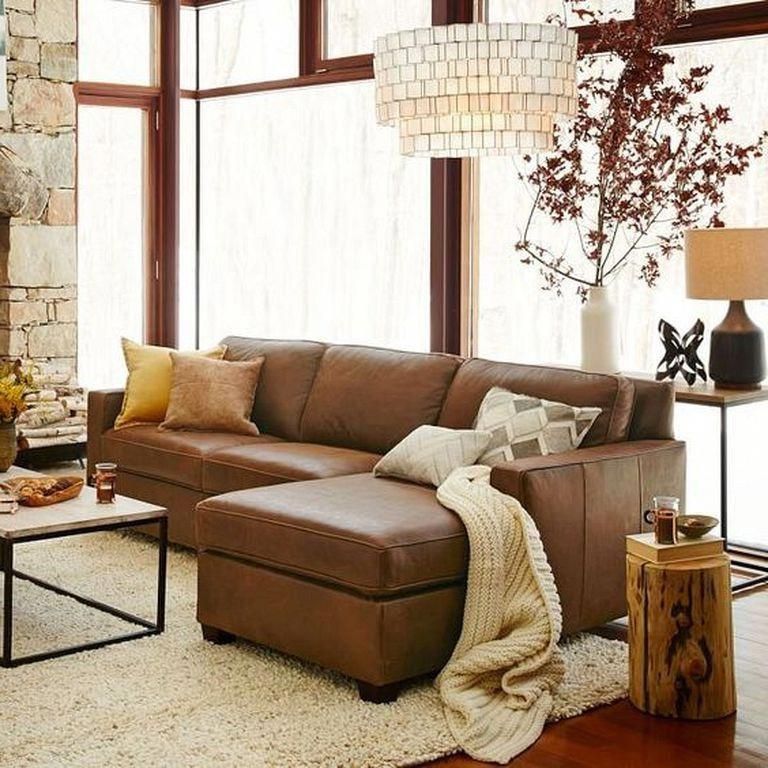Purchasing a new leather sofa is an important investment that requires careful consideration to ensure you select a high-quality piece that will last for years. As you shop, here are some tips for identifying the hallmarks of a well-made, durable leather sofa:

Check the Leather Type and Grade
Not all leather is created equal. Full grain leather from the top layer of the hide is the highest quality, most natural leather available. It develops a beautiful patina over time. Top grain leather has the natural grain sanded off and is coated for protection. Lower grades like bonded, blended, or faux leather are made from scraps glued together. Inspect tags and ask about leather grade. Quality leather will be identified by type.
Assess the Frame Construction
A sturdy kiln-dried hardwood or manufactured wood frame prevents sagging over time. Mortise and tenon joinery, corner blocks, and durable joint connectors indicate meticulous craftsmanship. Avoid sofas with weak, limited support or stapled joinery that can loosen. Test frame strength by pushing and pulling on various areas.
Check Cushion Support and Comfort
High-density foam and down feather fill provide the best support and comfort in seat cushions. They hold their shape and resilience for years of consistent comfort. Low-grade polyurethane foam will flatten quickly. Sit on the sofa and assess if cushions are soft yet supportive. Plump back cushions are also desirable.
Examine the Base and Legs
Legs should be thick, sturdy wood, metal, or a mix. Plastic legs are prone to breaking. Corner-blocked or doubly-dowelled legs ensure stability. Mortise and tenon joinery or reinforced corner gussets on bases prevent wobbling or collapse. A strong base and legs prevent structural failure.

Look at Upholstery Techniques
Smooth, taut upholstery without loose threads or staples indicates quality construction. Edges should be neatly finished. Tufting and nailhead trim demonstrate attention to detail. Seams and skirting should be tailored and consistent. Avoid upholstery that seems loose, stretched, or uneven.
Consider Special Features
Functionality features differentiate sofas. For example, look for removable, washable seat cushion covers and back cushions. This allows for cleaning and replacement over time. Also assess if the sofa can be disassembled for moving, has hidden storage, adjustable headrests, or reclining functions.
Evaluate Overall Craftsmanship
Run hands along surfaces checking for smooth, consistent finishes. Look at stitching, seams, and trim for precision workmanship without irregularities. Examine how components fit and align. Higher quality sofas have carefully constructed details that reflect meticulous construction.
Ask About Warranties
Many quality leather sofas come with warranties up to 20 years that cover frame integrity, cushion resilience, leather performance, and other components. A respectable warranty signals the manufacturer stands behind the sofa’s construction for longevity. Be wary of very short or no warranties.
By carefully inspecting the leather grade, underlying frame, cushioning, upholstery, features, craftsmanship, and warranties, you can determine the quality of a leather sofa before purchasing. Taking time to evaluate these aspects will help you invest in a sofa made to provide enduring comfort and performance for years to come. With an informed eye, you can identify hallmarks of fine quality to find the perfect leather sofa for your space.
